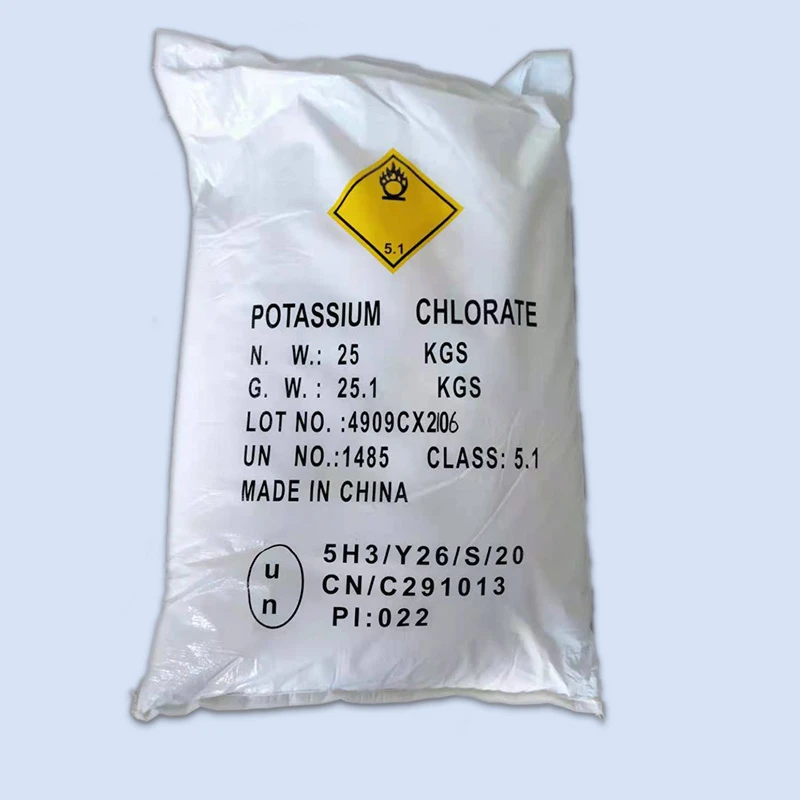



manufacture of potassium nitrate
The Manufacture of Potassium Nitrate
Potassium nitrate, with the chemical formula KNO₃, is a naturally occurring mineral and an important inorganic compound widely used in various applications, including agriculture, food preservation, and pyrotechnics. Its history dates back centuries, but the methods of its manufacture have evolved significantly, driven by the demand for efficiency and quality. This article explores the processes and techniques involved in the production of potassium nitrate.
Historical Context
Historically, potassium nitrate was obtained through the natural decomposition of organic matter, particularly in the presence of alkaline substances. This was often found in soil that had high levels of organic waste, leading to the accumulation of nitrates. The extraction involved washing the soil with water, allowing the soluble potassium nitrates to dissolve, and then evaporating the solution to obtain the crystalline product.
Over time, as the industrial revolution advanced, the need for more standardized and scalable methods of production became apparent. This spurred the development of synthetic processes that could produce potassium nitrate on a large scale, catering to the rising demands from agriculture and other industries.
Synthetic Production Methods
Today, there are two primary methods for manufacturing potassium nitrate the neutralization of nitric acid with potassium carbonate or potassium hydroxide, and the extraction from Chilean saltpeter. Each method has its own set of advantages and caters to different market needs.
1. Neutralization Process This is the most common synthetic manufacturing method. The process begins with the reaction between nitric acid (HNO₃) and a potassium source, typically potassium carbonate (K₂CO₃) or potassium hydroxide (KOH).
The reaction can be represented as \[ HNO₃ + K₂CO₃ \rightarrow 2 KNO₃ + H₂O + CO₂ \] or \[ HNO₃ + KOH \rightarrow KNO₃ + H₂O \]
manufacture of potassium nitrate

Following the neutralization, the resulting solution of potassium nitrate is concentrated through evaporation. As the water evaporates, potassium nitrate crystals begin to form. These crystals are harvested through filtration and then dried to produce the final product.
2. Extraction from Chilean Saltpeter This method involves the extraction of potassium nitrate from naturally occurring deposits, primarily found in the Atacama Desert in Chile. The process begins with the dissolution of the saltpeter in water, which results in a brine solution rich in nitrates.
The next stage involves evaporation and crystallization, similar to the synthetic method. The process is environmentally sustainable, as it utilizes natural resources, but it is increasingly limited by the availability of such deposits and the rising cost of extraction.
Applications
Potassium nitrate has a variety of applications that underscore its importance. One of its primary uses is as a fertilizer in agriculture. It provides both potassium, which is essential for plant growth, and nitrogen, a critical nutrient for the development of proteins and enzymes in plants. Farmers appreciate potassium nitrate for its ability to enhance crop yield and improve the quality of produce.
In addition to agriculture, potassium nitrate is also utilized in the food industry as a preservative and curing agent, especially in meats. It prevents microbial growth and enhances color, making it a popular additive in processed foods.
The compound also finds use in the manufacture of gunpowder and fireworks. Its oxidizing properties allow it to facilitate combustion, making it a key component in pyrotechnics.
Conclusion
The manufacture of potassium nitrate has transformed significantly from traditional extraction processes to modern synthetic methods. Its wide-ranging applications in agriculture, food preservation, and pyrotechnics illustrate its versatility and importance. As the global demand for potassium nitrate continues to grow, ongoing advancements in production techniques will likely focus on sustainability and efficiency, ensuring that this vital compound remains accessible for various industries. Whether derived from natural sources or produced synthetically, potassium nitrate plays a crucial role in supporting agricultural productivity and meeting food security challenges in the modern world.
-
Why Sodium Persulfate Is Everywhere NowNewsJul.07,2025
-
Why Polyacrylamide Is in High DemandNewsJul.07,2025
-
Understanding Paint Chemicals and Their ApplicationsNewsJul.07,2025
-
Smart Use Of Mining ChemicalsNewsJul.07,2025
-
Practical Uses of Potassium MonopersulfateNewsJul.07,2025
-
Agrochemicals In Real FarmingNewsJul.07,2025
-
Sodium Chlorite Hot UsesNewsJul.01,2025










